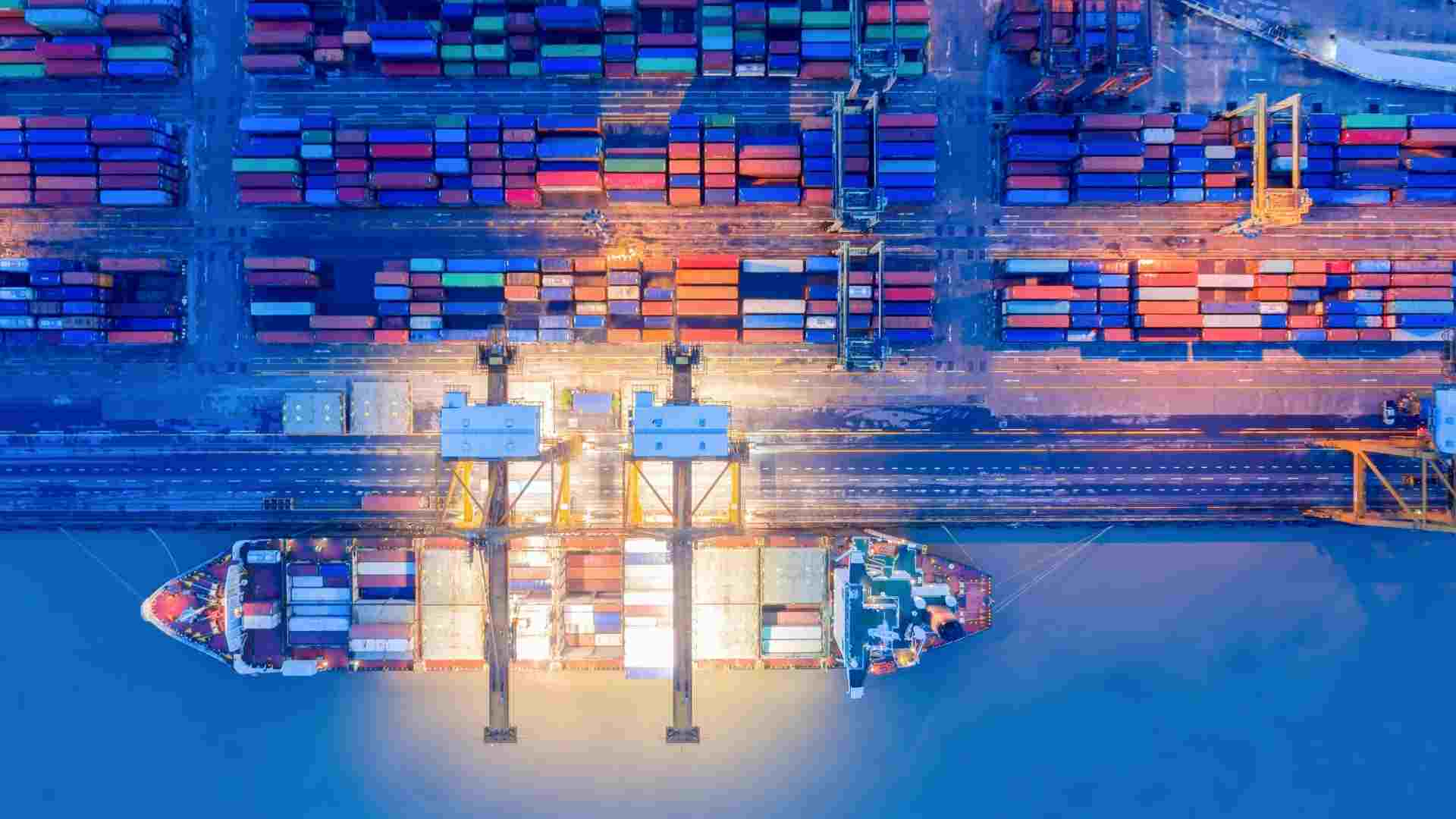In today's interconnected global economy, supply chains face a myriad of security challenges that can disrupt operations and impact business continuity. Addressing these challenges requires a comprehensive understanding of potential threats and the implementation of effective mitigation strategies.

Key Challenges in Supply Chain Security
- Cybersecurity Threats: The increasing reliance on digital technologies has exposed supply chains to cyberattacks. Incidents like the MOVEit and SolarWinds breaches have demonstrated how vulnerabilities in a single component can compromise entire networks.
- Physical Security Risks: High-value goods are often targeted for theft during transit. For example, in September alone, cargo theft in the EMEA region amounted to €19.2 million, highlighting the need for robust physical security measures.
- Geopolitical Instability: Trade tensions and tariffs can disrupt supply chains by increasing costs and causing delays. Policies such as proposed tariffs on imports have led companies to restructure their supply networks to mitigate potential impacts.
- Dependence on Foreign Suppliers: Over-reliance on international suppliers, especially for critical components, can pose risks. Australia's dependence on imported agricultural inputs, for instance, has raised concerns about food security.
Strategies for Mitigating Supply Chain Risks
- Implementing Robust Cybersecurity Measures: Adopting strong access controls, encrypting sensitive data, and regularly updating software can protect against cyber threats. Employing role-based access control (RBAC) ensures that individuals have access only to the information necessary for their roles.
- Enhancing Physical Security: Utilizing technologies like real-time tracking systems, RFID tagging, and IoT sensors provides granular visibility into the movement of goods, helping to deter and detect theft.
- Diversifying Supplier Base: Reducing reliance on a single supplier or region by sourcing from multiple vendors can mitigate risks associated with geopolitical instability. This strategy, known as "friendshoring," involves partnering with trusted allies to build resilient supply chains.
- Conducting Regular Risk Assessments: Periodically evaluating both internal processes and external partners helps identify vulnerabilities. This proactive approach ensures that potential risks are addressed before they can impact operations.
- Developing Comprehensive Response Plans: Establishing clear procedures for responding to security incidents, including predefined roles and escalation procedures, ensures swift action to minimize disruptions. Regular testing and updates to these plans maintain their effectiveness.
Current Trends and Developments in Supply Chain Security
Organizations are increasingly investing in technologies to gain real-time visibility into their supply chains, enabling proactive risk management. Collaborative efforts with suppliers to align on security best practices are also on the rise, fostering a unified approach to threat mitigation. Additionally, there's a growing emphasis on compliance with international standards, such as ISO 28000, to ensure a consistent and robust security framework across global operations.
In conclusion, as supply chains become more complex and interconnected, prioritizing security is paramount. By understanding the challenges, implementing effective mitigation strategies, and staying abreast of current developments, organizations can build resilient supply chains capable of withstanding evolving threats.